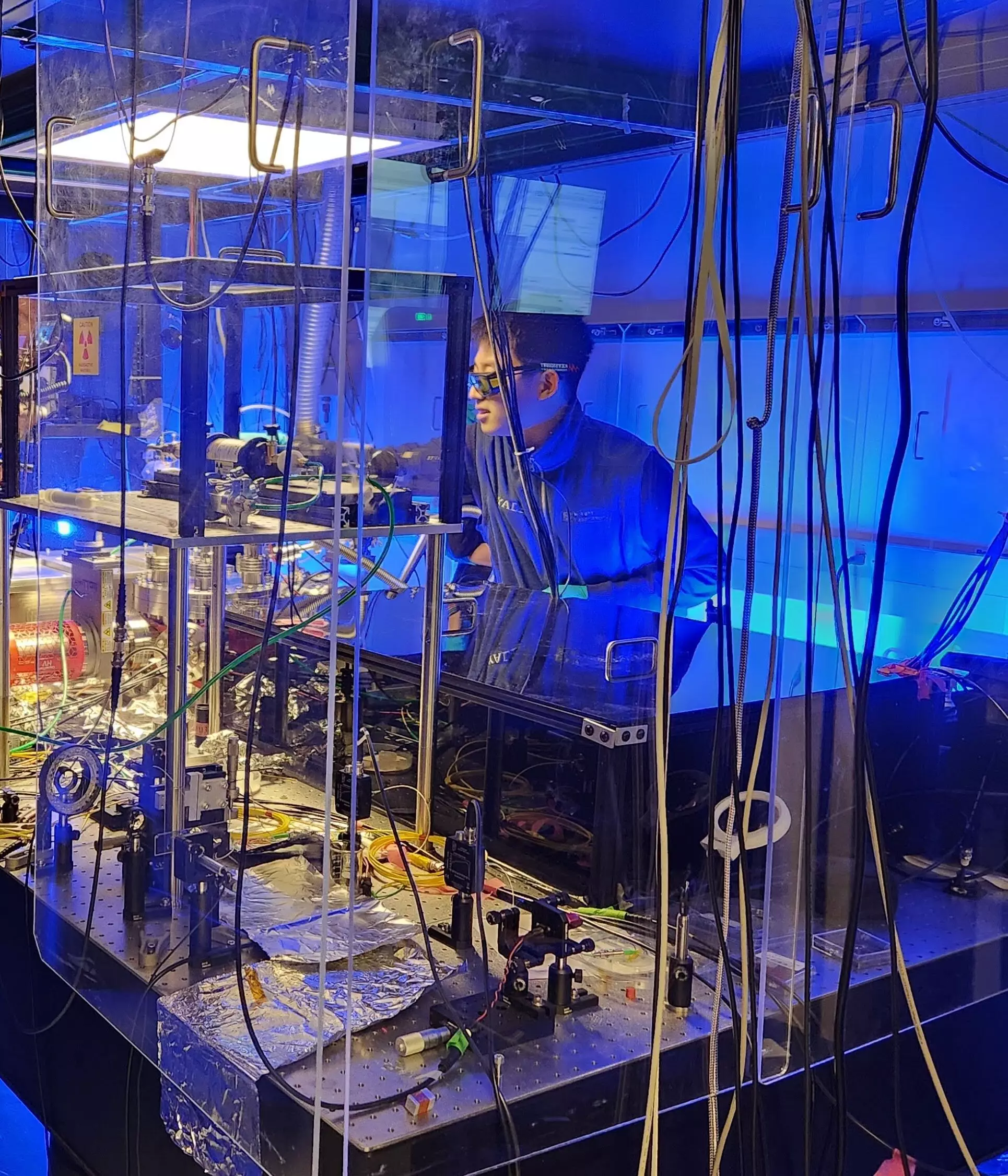The ever-evolving realm of particle physics stands on the cusp of a groundbreaking transformation, thanks to innovative instrumentation designed to peer into the minutiae of atomic behavior. Recent developments have demonstrated a quantum leap in the accuracy with which scientists can observe particle interactions, heralding a new chapter in our understanding of fundamental physics. Instruments such as advanced particle detectors, accelerators, and sensors are not merely tools but gateways into the previously uncharted territories of quantum mechanics.
At the forefront of this revolution is a research team from Yale University, which has made a significant breakthrough in mechanically detecting individual nuclear decays. Their research, published in *Physical Review Letters*, offers a method that is not only daring but meticulously thought out, allowing for the detection of all particles emitted during nuclear decay processes. This includes elusive neutral particles that have long eluded conventional detection methods, suggesting an extraordinary potential for new discoveries.
Innovative Approaches to Nuclear Decay
Central to the Yale team’s endeavor is a method that leverages the weak forces imparted by single particles emitted during nuclear decay. “Our group is developing sensitive micron-scale force sensors and accelerometers using optically trapped particles in vacuum,” explained David C. Moore, one of the passionate co-authors of the paper. The assertion that their technology has reached a sensitivity capable of detecting forces created by single alpha particles is as astonishing as it is promising. Such advancements challenge our previous understanding of detection capabilities in the field of nuclear physics.
At the core of their technique is a destabilizing but thrilling premise: they propose to implant radioactive nuclei into dust-sized particles, effectively transforming these minute objects into detectors themselves. As soon as a nucleus undergoes decay, the ensuing dynamics alter the electric charge of the particle, creating a measurable change that reveals the occurrence of decay—a method both ingenious and practical.
In initial experimental phases, the capability to observe individual nuclear decays featured prominently among their successes. The precision with which they tracked particle recoil down to a scale within tens of nanometers opens up radical possibilities for the science community, empowering researchers to detect not just rare events but also intricate dynamics that were previously too minute to observe.
Pioneering New Frontiers in Physics
The implications of Moore’s research extend beyond mere curiosity; they promise to redefine the very landscape of particle physics. Insight from these techniques may lead to groundbreaking advancements in our understanding of dark matter and the pursuit of exotic particles—all elusive phenomena that have baffled scientists for decades. By facilitating a deeper investigation of the nuclear processes and neutral particles that dance on the edge of conventional detection techniques, this work could rewrite existing physics paradigms.
Imagine a future where the detection methodology described in Moore’s work could be adapted for even smaller nanoparticles. This advancement could enable the detection of a single neutrino’s momentum—an endeavor that would elevate our understanding of neutrinos and their role in the universe to new heights. The chance for uncovering new knowledge in these rock-paper-scissors of subatomic particles captures the imagination and inherently demonstrates humanity’s relentless pursuit of knowledge.
While the Yale team’s findings are undoubtedly impressive, the emotional weight of the advancement rests in the potential for redefining limits in the realm of physics. The implications for nuclear monitoring, non-proliferation efforts, and a deeper understanding of the fundamental forces of nature excite researchers worldwide. As scientists harness this new technique to explore the intricate dance of particles at the atomic level, we can only envision the innovative pathways that future research will illuminate. This latest advancement heralds a fertile ground for discovery, and many are eager to witness how it will unfold as the field progresses.

